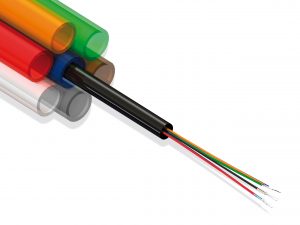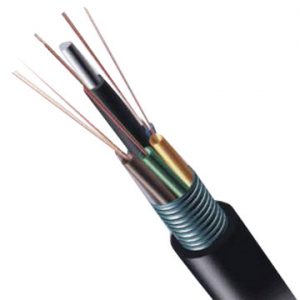Fibre kick starting the world wide web
August 4th, 2020

The introduction of optical fibre cables in the 1980s revolutionised communications. It could be argued that the installation of the TAT-8 transatlantic optical cable directly contributed to the birth of the world wide web and the exponential growth of the Internet.
In 1989, IBM funded a dedicated circuit between Cornell University and the European research centre CERN which used what was then regarded as the high capacity of TAT-8. This provided Tim Berners-Lee with a direct connection to the NSFnet, the forerunner of the public Internet, allowing him to demonstrate his invention, the world wide web.
PTT has just released two updated courses covering the principles and operation of protocols initially developed for NSFnet and which now drive most communications systems. These courses are “Internet protocols” and “IP networks“.
Comments Off on Fibre kick starting the world wide web
Global fibre web
July 28th, 2020

Google has announced plans to build a new submarine cable linking the USA, UK and Spain. The UK cable station will be located at Bude in Cornwall. The “Grace Hopper” cable will be the fourth Google owned cable accelerating the trend for content providers such as Facebook, Amazon and Microsoft to invest in their own infrastructure rather than relying on telecommunications companies for connections between their data centres and users.
The network of undersea cables that span the oceans are vital for global communications carrying 99% of the world’s data. The first transatlantic cable to use optical fibre as the transmission media, TAT-8, was laid in 1988 with a capacity of 280 Megabits per second. The “Grace Hopper” cable, which promises 250 Terabits per second speeds, adds to the nearly 750,000 miles of cable connecting continents to support our insatiable demand for communications and entertainment.
PTT courses that cover optical fibre communications include “Optical fibre principles“, “Optical access networks“, “Optical line systems” and “Optical networks”.
Comments Off on Global fibre web
5G knowledge gap
June 3rd, 2020

A recent survey of the awareness of 5G and its benefits amongst smaller businesses in the UK found a degree of indifference. Only one fifth of those surveyed regarded the provision of 5G services as a priority for their businesses in the short to medium term.
Many of those questioned were more concerned with the availability and quality of existing mobile services and showed little enthusiasm for adopting 5G.
In contrast, a survey of IT specialists in the USA found that a large majority of those surveyed believed 5G would be a critical networking technology for their company in the next three years.
The key benefits important to those early adopters include improvements in security, data transfer rates and reliability. Edge computing, artificial intelligence and large scale data analytics were some of the technologies they plan to exploit with 5G.
The contrast between the enthusiasm for 5G displayed by networking executives and the indifference of many in the UK business community could be explained by a lack of knowledge of what 5G can offer.
PTT’s online courses “Introduction to mobile systems” and “Mobile radio communications” describe the evolution from 2G to 5G mobile systems and the benefits of 5G compared with earlier generations.
Comments Off on 5G knowledge gap


